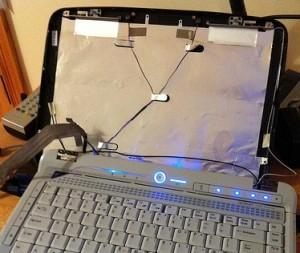Extending the Life Span of Computers, Laptops and Notebooks
Post-secondary schools across the U.S. now spend more than $16 billion each year on technology. This covers everything from educational platforms and services to Internet connections, data infrastructure and hardware.
The challenge? Hardware is becoming harder to buy. The semiconductor shortage that began last year continues to wreak havoc on supply chains. With a major container port in China shutting down for two weeks in August after a worker tested positive for COVID-19, it appears these disruptions are not going away anytime soon. Tech executives predict the shortage could continue to impact the production of computer components for months at best, and years at worst.

For colleges and universities, extending hardware lifecycles is the best strategy for disruption management. Here’s how to reduce the risk of having hardware age out before budgets and supply chains are ready to replace it.
MORE ON EDTECH: Get five tips for avoiding supply chain disruptions in higher ed.
Key Considerations for Computer Maintenance
How can you increase hardware longevity? According to Dan Herrick, IT asset manager at the University of Colorado Boulder, there are several ways schools can impact their hardware lifecycle. “Traditional IT is focused on just the management part of it — fixing devices when they break and eventually disposing them,” he says. “But there’s also a lifecycle that’s circular. When you’re done with something, it doesn’t mean it doesn’t have any more value. How can you extend the total lifespan independent of its original use?”
Herrick says this means thinking about hardware as more than discrete machines. Instead, consider the potential for hardware to have a second life as, perhaps, a staff member’s auxiliary computer or a student’s computer.
It’s all about keeping hardware in service for as long as possible. Herrick suggests asking a simple question to jumpstart this process: “What can we use it for now?”








